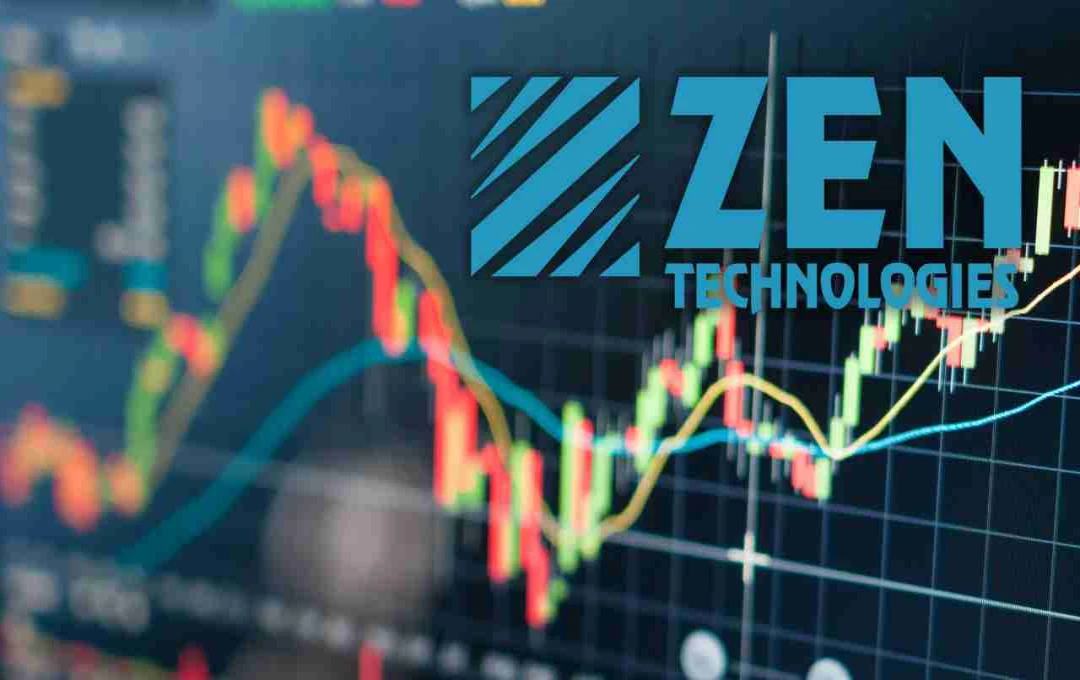A good mutual fund scheme is one that has provided stable and relatively high returns over the long term, even amidst market volatility.
Mutual Funds: If you are planning to invest in mutual funds, do not rely solely on the opinions of friends or advisors. It is crucial to understand some solid criteria for evaluating a fund’s performance before making any choice. Many investors overlook these essential financial terms, leading to losses later on. Here are 6 key parameters that can help you choose the best fund to assess its performance. These parameters are: Rolling Return, Sharpe Ratio, Sortino Ratio, Treynor Ratio, Alpha, and Up/Down Capture Ratio.
Rolling Return: A Measure of Stability
Rolling return indicates how much a scheme has returned consistently over a period (e.g., every month, every quarter). It measures the returns calculated on a day-to-day or month-to-month basis within a specific period. This helps the investor understand how stable the fund has been over time.
For example, if a fund has consistently delivered returns between 12% and 15% over the past 10 years based on a 5-year rolling period, it’s a good sign that the fund’s performance has been stable.
Sharpe Ratio: Return Relative to Risk

The Sharpe Ratio indicates the excess return you’ve earned relative to the risk you’ve taken. Its direct formula is: (Fund Return – Risk-Free Rate) / Standard Deviation
A Sharpe Ratio above 1 is considered good. The higher the Sharpe Ratio, the greater the risk-adjusted return – meaning more return with less risk.
Sortino Ratio: Focusing on Downside Risk
The Sortino Ratio is similar to the Sharpe Ratio, but it only considers the volatility of bad days. It doesn’t ‘risk’ good returns.
If a fund scores better according to the Sortino Ratio, it means the fund effectively protects investors during downturns.
Treynor Ratio: Performance Relative to Systematic Risk
This parameter indicates how much better a fund has performed relative to the systematic risk, which is typically faced by all investors in the market. It is measured based on Beta.
If the fund has a high Beta and a good Treynor Ratio, it means the fund has delivered better returns despite taking on more risk.
Alpha: Manager’s Extra Earnings
Alpha indicates how much extra return a fund manager has earned through their decisions, above the benchmark’s performance.
For example, if the benchmark return is 10% and the fund has delivered 12%, while its Beta suggests only 11% should have been earned, then the Alpha would be 1%. This means the fund manager has earned extra money through good decisions.
Up/Down Capture Ratio: Performance During Market Swings
The Up Capture Ratio shows how much return the fund generated when the market was rising.
The Down Capture Ratio shows how much the fund declined when the market was falling.
If a fund shows an Up Capture Ratio of more than 100% and a Down Capture Ratio of less than 100%, it’s a good sign that the fund is generating more in rallies and less in declines.
How These Parameters Help

These parameters together help determine how stable, risk-balanced, and profitable a fund is. They are particularly important for long-term investors.
Example: ICICI Prudential Multi-Asset Fund
Considering all these standards, ICICI Prudential Multi-Asset Fund can be a good example.
- Sharpe Ratio: 0.63 (Better than the average of 0.42)
- Treynor Ratio: 2.72 (More than the average of 1.68)
- Sortino Ratio: More than 2.0
- Average Return over 5 years: 15-17% CAGR
- Alpha: Positive
- Up/Down Capture Ratio: High performance in rallies and limited decline in downturns
This fund invests in a balanced portfolio of equity, debt, and commodities and provides investors with good risk-adjusted returns.














